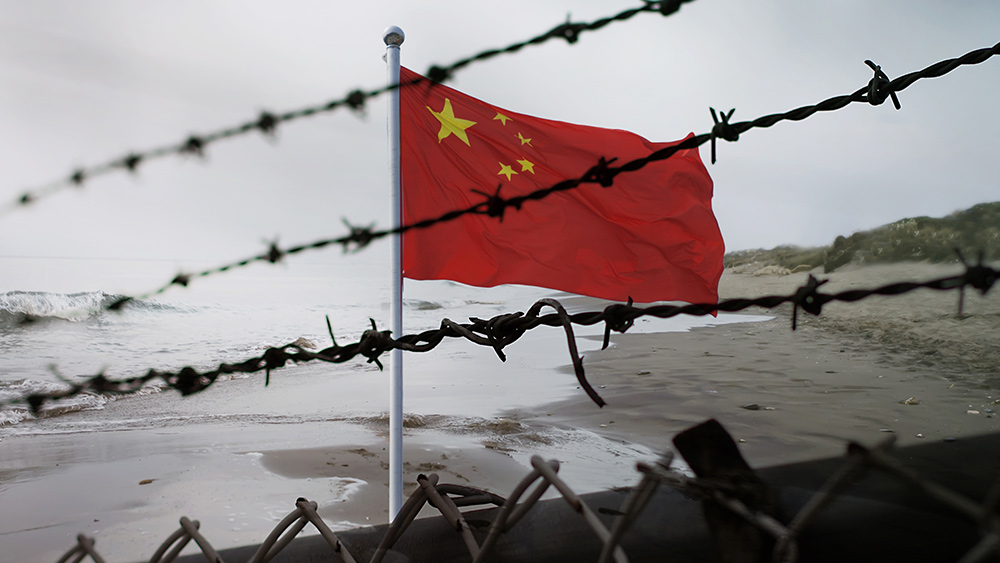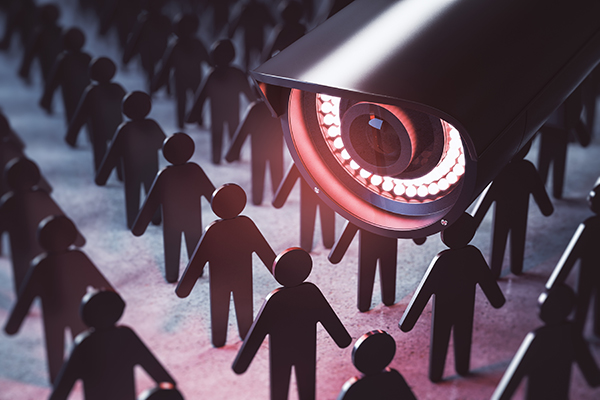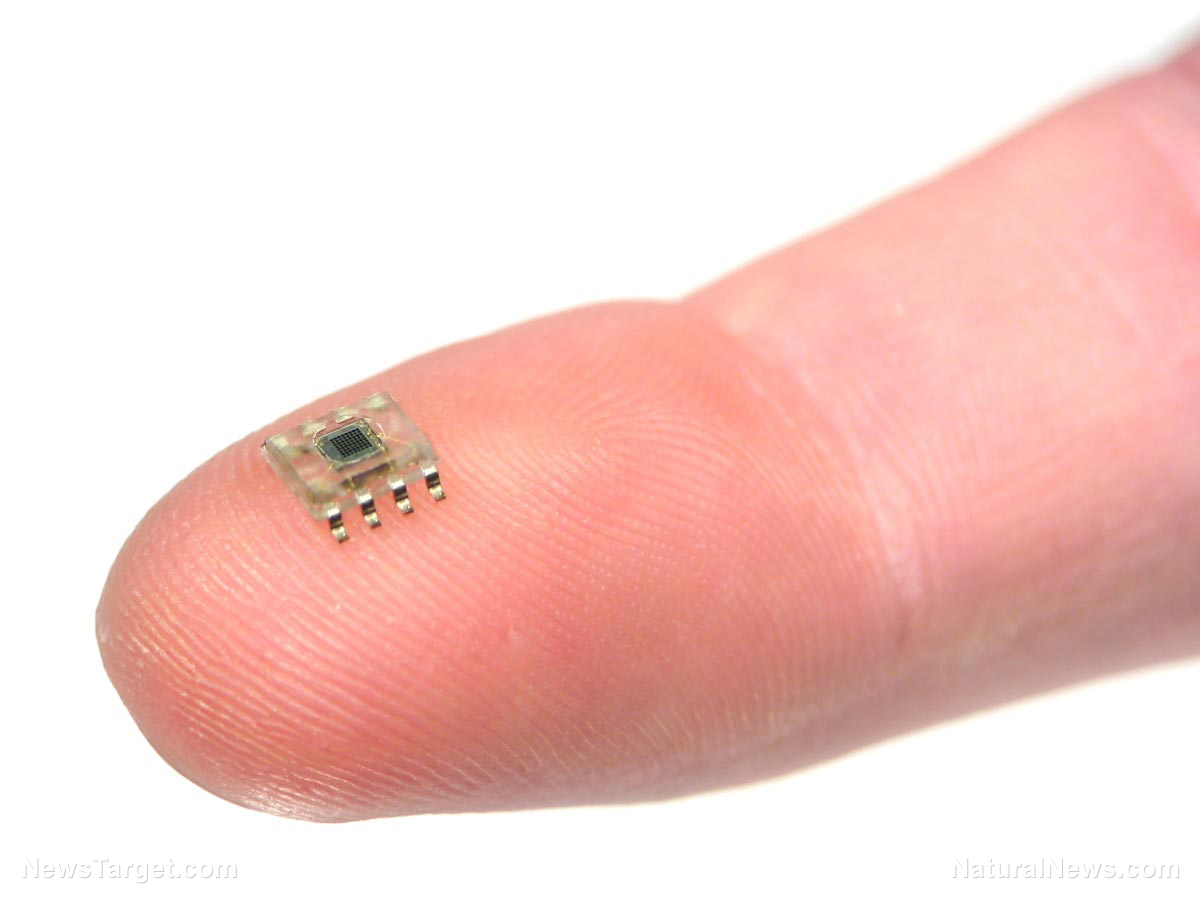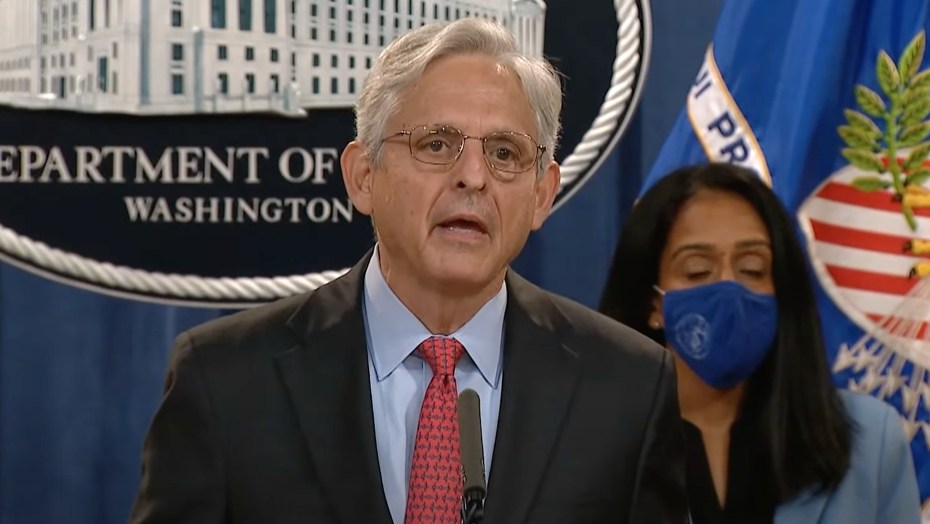Chinese surveillance firms helping CCP draft “standards” to allow surveillance systems to track ethnic minorities
04/01/2021 / By Arsenio Toledo

The Chinese Communist Party has been enlisting the help of surveillance corporations to create standards for mass facial recognition systems. These systems allow the government in Beijing to track certain characteristics, such as ethnicity. Activists are warning that the goal is to keep an eye over ethnic minorities in China, including the Uyghurs.
This is according to Pennsylvania-based tech and surveillance watchdog IPVM, who published technical standards specifying how data captured by the country’s hundreds of millions of facial recognition cameras should be categorized. These categories would allow Chinese law enforcement agencies and other government entities to search surveillance footage, mugshots and suspect databases via segmented “personal attributes.”
Some of these personal attributes include eyebrow size, skin color and ethnicity. In fact, IPVM’s report states that surveillance systems used for public security in certain areas in China are set to be updated in May 2021. The update will create catalogs to segment people by five different skin colors: white, black, brown, yellow and others.
“It’s the first time we’ve ever seen public security camera networks that are tracking people by these sensitive categories explicitly at this scale,” said Charles Rollet, a member of IPVM and the author of the group’s report. “It’s ripe for abuse.”
Rollet’s report stated that these surveillance categorization standards were first drawn up by government agencies in Beijing in conjunction with some of China’s largest surveillance corporations. Some of the companies mentioned in IPVM’s report include security camera manufacturers Uniview, Hikvision and Dahua.
The United States blacklisted Hikvision and Dahua in 2019 for their alleged role in the “high-technology surveillance” against China’s minority populations. (Related: Intel, Nvidia questioned by lawmakers about their microchips being used to suppress human rights in Xinjiang.)
Dahua denied helping the CCP create the standards for differentiating people from different ethnic groups. Hikvision said it was “committed to upholding the highest standards and respect for human rights.”
“As a manufacturer that does not oversee the operation of our products, we do ensure our cameras are designed to protect communities and property,” said a Hikvision spokesman.
New surveillance system created to specifically target Uyghur dissidents
IPVM’s report indicated that the “ethnicity” category was specifically created to target China’s Uyghur and Tibetan ethnic minorities. These two groups, who are a majority in their respective autonomous regions in China, have a long history of resisting the rule of the CCP. This report was released as China continues to be heavily scrutinized for its treatment of Uyghur dissidents in Xinjiang.
“We’re not talking about a standard for how long pencils should be. This is not a neutral technology,” said Maya Wang, senior China researcher working for Human Rights Watch.
Wang said the facial recognition standards are new evidence that corporations are aiding the Chinese government to suppress Xinjiang’s Uyghurs.
“They are working together on mass surveillance, the mass tracking of people. There’s no way it’s compatible with basic human rights standards,” said Wang.
Jay Stanley, a senior policy analyst for the American Civil Liberties Union, said that if the United States attempted to create video surveillance standards that included special categories for tracking people by skin color and ethnicity, it would cause an “enormous uproar.”
In a statement, Stanley said the new surveillance standards fit with what many activists and watchdog groups have seen China do in the past. According to Stanley, this has already occurred in China’s banking and travel sectors, where Beijing “requires companies to collect information about customers on its behalf.”
“As security cameras continue to proliferate and video analytics gets better, it’s not a huge leap to imagine authorities pressuring private camera operators to collect and store identifying details in the same way, just in case it’s needed. We should never let that happen again.”
Liz O’Sullivan, a surveillance activist, said that the creation of a way to organize data might pave the way for more powerful facial recognition systems in the future.
“It’s horrifying to imagine an increasingly precise biometric detection and collection system that captures so much detailed information, and could be turned on minorities,” said O’Sullivan.
While there is no doubt that China is expanding its mass surveillance and facial recognition systems capabilities, it is not entirely clear to what extent these systems are fully operational in China. But estimates show that the number of active surveillance cameras in the country may hit one billion by the end of 2021.
Learn more about the expansion of China’s massive surveillance state by reading the latest articles at PrivacyWatch.news.
Sources include:
Tagged Under: badtech, CCP, China, Chinese dissidents, communist China, corporations, enslaved, Facial recognition, facial recognition systems, human rights, mass surveillance, privacy, surveillance, surveillance state, uyghurs, Xinjiang
RECENT NEWS & ARTICLES
COPYRIGHT © 2018 ORWELLIAN.NEWS
All content posted on this site is protected under Free Speech. Orwellian.news is not responsible for content written by contributing authors. The information on this site is provided for educational and entertainment purposes only. It is not intended as a substitute for professional advice of any kind. Orwellian.news assumes no responsibility for the use or misuse of this material. All trademarks, registered trademarks and service marks mentioned on this site are the property of their respective owners.





















